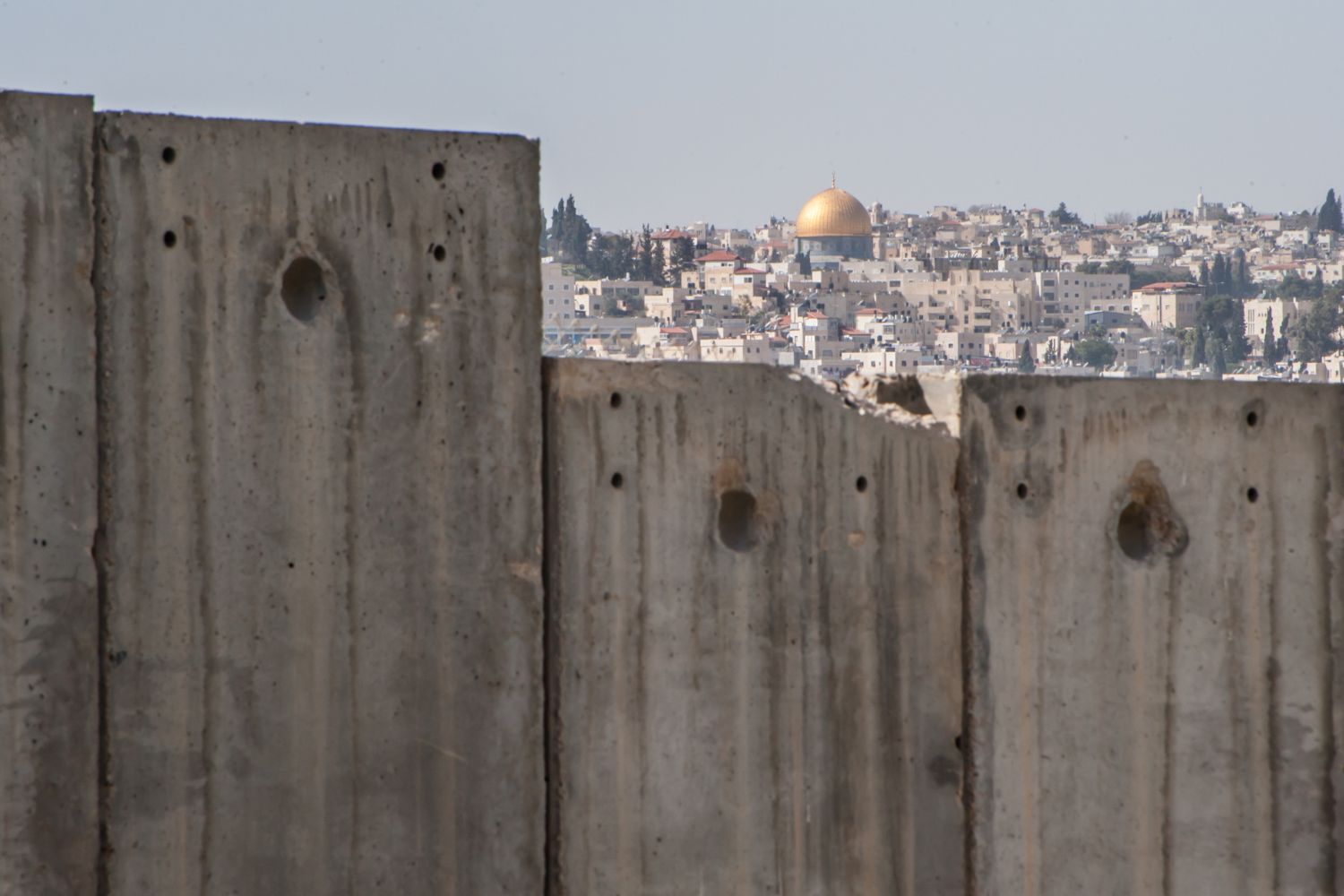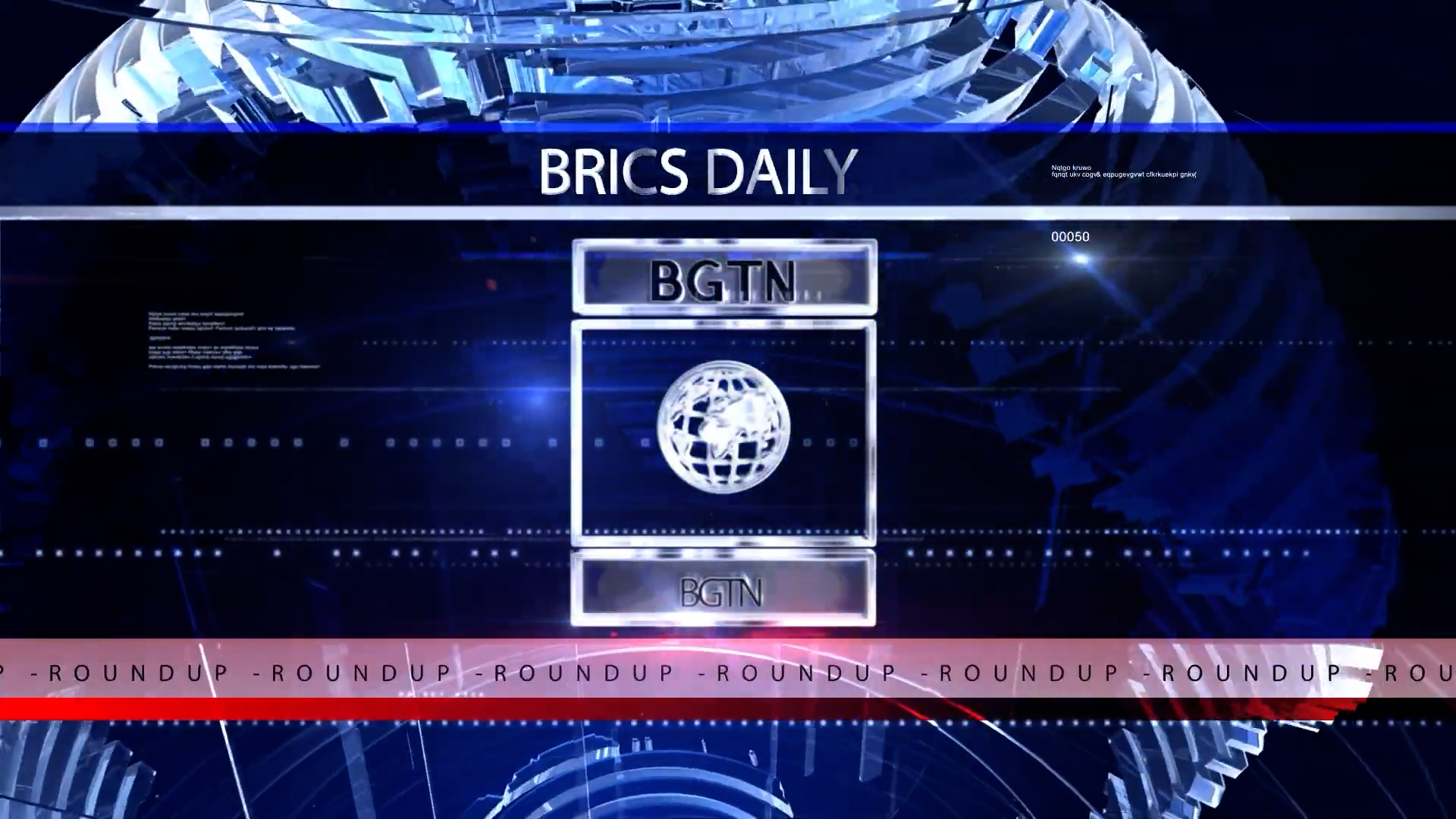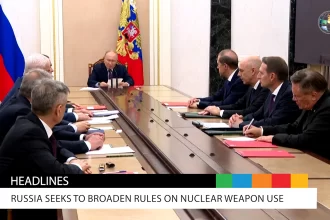Topher L. McDougal, University of San Diego
The 2.2 million people who live in Gaza are facing economic isolation and experiencing incessant bombardment. Their supplies of essential resources, including food and water, are quickly dwindling.
In response, U.S. President Joe Biden has pledged US$100 million in humanitarian assistance for the citizens of Gaza.
As a scholar of peace and conflict economics who served as a World Bank consultant during the 2014 war between Hamas and Israel, I believe that Biden’s promise raises fundamental questions regarding the delivery of humanitarian aid in a war zone. Political constraints, ethical quandaries and the need to protect the security of aid workers and local communities always make it a logistical nightmare.
In this specific predicament, U.S. officials have to choose a strategy to deliver the aid without the perception of benefiting Hamas, a group the U.S. and Israel both classify as a terrorist organisation.
Logistics
When aiding people in war zones, you can’t just send money, a development strategy called “cash transfers” that has become increasingly popular due to its efficiency. Sending money can boost the supply of locally produced goods and services and help people on the ground pay for what they need most. But injecting cash into an economy so completely cut off from the world would only stoke inflation.
So the aid must consist of goods that have to be brought into Gaza, and services provided by people working as part of an aid mission. Humanitarian aid can include food and water; health, sanitation and hygiene supplies and services; and tents and other materials for shelter and settlement.
Due to the closure of the border with Israel, aid can arrive in Gaza only via the Rafah crossing on the Egyptian border.
The U.S. Agency for International Development, or USAID, will likely turn to its longtime partner on the ground, the United Nations Relief and Works Agency, or UNRWA, to serve as supply depots and distribute goods. That agency, originally founded in 1949 as a temporary measure until a two-state solution could be found, serves in effect as a parallel yet unelected government for Palestinian refugees.
USAID will likely want to tap into UNRWA’s network of 284 schools – many of which are now transformed into humanitarian shelters housing two-thirds of the estimated 1 million people displaced by Israeli airstrikes – and 22 hospitals to expedite distribution.
ALSO WATCH: Gaza refugees face dire conditions as humanitarian aid falls short
Politics
Prior to the Trump administration, the U.S. was typically the largest single provider of aid to the West Bank and Gaza. USAID administers the lion’s share of it.
Since Biden took office, total yearly U.S. assistance for the Palestinian territories has totaled around $150 million, restored from just $8 million in 2020 under the Trump administration. During the Obama administration, however, the U.S. was providing more aid to the territories than it is now, with $1 billion disbursed in the 2013 fiscal year.
But the White House needs Congress to approve this assistance – a process that requires the House of Representatives to elect a new speaker and then for lawmakers to approve aid to Gaza once that happens.
Ethics
The United Nations Relief and Works Agency is a U.N. organization. It’s not run by Hamas, unlike, for instance, the Gaza Ministry of Health. However, Hamas has frequently undermined UNRWA’s efforts and diverted international aid for military purposes.
Hamas has repeatedly used UNRWA schools as rocket depots. They have repeatedly tunneled beneath UNRWA schools. They have dismantled European Union-funded water pipes to use as rocket fuselages. And even since the most recent violence broke out, the UNRWA has accused Hamas of stealing fuel and food from its Gaza premises.
Humanitarian aid professionals regularly have to contend with these trade-offs when deciding to what extent they can work with governments and local authorities that commit violent acts. They need to do so in exchange for the access required to help civilians under their control.
Similarly, Biden has had to make concessions to Israel while brokering for the freedom to send humanitarian aid to Gaza. For example, he has assured Israel that if any of the aid is diverted by Hamas, the operation will cease.
This promise may have been politically necessary. But if Biden already believes Hamas to be uncaring about civilian welfare, he may not expect the group to refrain from taking what they can.
ALSO READ: UPDATE: Israel bombards Gaza, Lebanon as Netanyahu convenes war cabinet
Security best practices
What can be done to protect the security of humanitarian aid operations that take place in the midst of dangerous conflicts?
Under International Humanitarian Law, local authorities have the primary responsibility for ensuring the delivery of aid – even when they aren’t carrying out that task. To increase the chances that the local authorities will not attack them, aid groups can give “humanitarian notification” and voluntarily alert the local government as to where they will be operating.
Hamas has repeatedly flouted international norms and laws. So the question of if and how the aid convoy will be protected looms large.
Under the current agreement between the U.S., Israel and Egypt, the convoy will raise the U.N. flag. International inspectors will make sure no weapons are on board the vehicles before crossing over from Arish, Egypt, to Rafah, a city located on the Gaza Strip’s border with Egypt.
The aid convoy will likely cross without militarized security. This puts it at some danger of diversion once inside Gaza. But whether the aid convoy is attacked, seized or left alone, the Biden administration will have demonstrated its willingness to attempt a humanitarian relief operation. In this sense, a relatively small first convoy bearing water, medical supplies and food, among other items, serves as a test balloon for a sustained operation to follow soon after.
If the U.S. were to provide the humanitarian convoy a military escort, by contrast, Hamas could see its presence as a provocation. Washington’s support for Israel is so strong that the U.S. could potentially be judged as a party in the conflict between Israel and Hamas.
In that case, the presence of U.S. armed forces might provoke attacks on Gaza-bound aid convoys by Hamas and Islamic jihad fighters that otherwise would not have occurred. Combined with the mobilization of two U.S. Navy carrier groups in the eastern Mediterranean Sea, I’d be concerned that such a move might also stoke regional anger. It would undermine the Biden administration’s attempts to cool the situation.
On U.N.-approved missions, aid delivery may be secured by third-party peacekeepers – meaning, in this case, personnel who are neither Israeli nor Palestinian – with the U.N. Security Council’s blessing. In this case, tragically, it’s unlikely that such a resolution could conceivably pass such a vote, much less quickly enough to make a difference.
Topher L. McDougal, Professor of Economic Development & Peacebuilding, University of San Diego
*This article is republished from The Conversation under a Creative Commons license. Read the original article.













